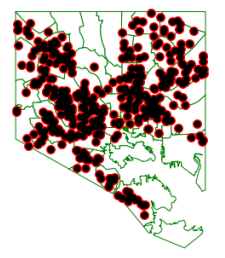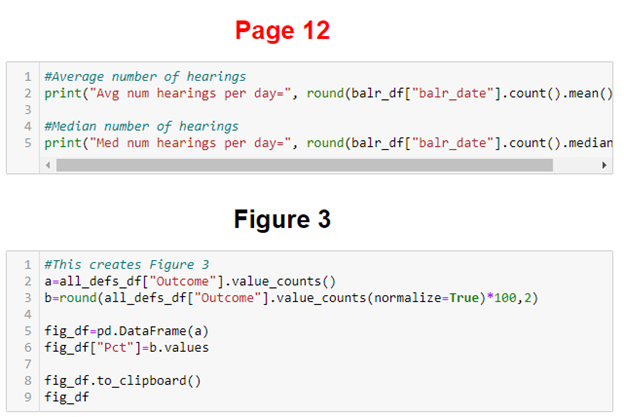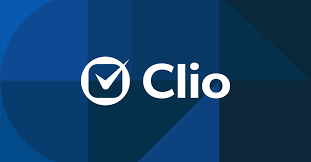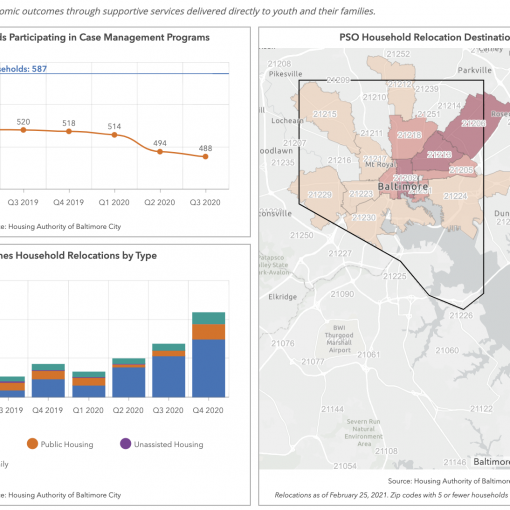
However, we now live in a Post-Truth age. Basic facts are increasingly distorted or disputed. Merely citing to data analysis no longer cuts it. The Post-Truth age we now find ourselves in demands further transparency in the data analysis itself. People want and need more transparency in how the data was cataloged and the math used to reach the asserted conclusions. So, how do those of us who want to continue healthy debate satisfy this new demand, especially in subjects not dominated by statisticians or mathematicians?
Enter Professors Colin Starger, Associate Dean for Academic Affairs at the University of Baltimore School of Law, and Doug Colbert, Professor of Law at the University of Maryland Francis King Carey School of Law. Their soon-to-be-published paper titled A Butterfly in COVID: Structural Racism and Baltimore’s Pretrial Legal System analyzed “509 bail hearings where pretrial incarceration decisions were made.” The reasons for the study were two-fold: first, the authors hoped that by analyzing these bail hearings, any findings that highlighted the pervasiveness of structural racism would lead to reform; and second, to contribute to the ongoing debate of whether the best metaphor for structural racism is that of a virus or something akin to our nation’s DNA.
What makes this paper so effective and unique is the inclusion of a very interesting link, contained in footnote 4 on page 3, that this author has never seen before in a paper such as this: a link to Professor Starger’s GitHub page. On the GitHub page, a reader can freely download the Jupyter Notebook that Professor Starger used to clean, edit and export the underlying data that was the focus of the paper. Professor Starger even went as far as to include instructions on how someone would utilize the notebook to either play with the data themselves or double-check the work contained in the paper. As an example, the notebook contains headers that show which piece of code created a specific graph contained within the paper. Furthermore, the GitHub page also includes all the data itself, contained in excel spreadsheets.


As we move forward in our Post-Truth world, these tools are essential to ensuring academic debate survives. The use of a notebook, or other tools to increase transparency, should become the gold standard of academia.



